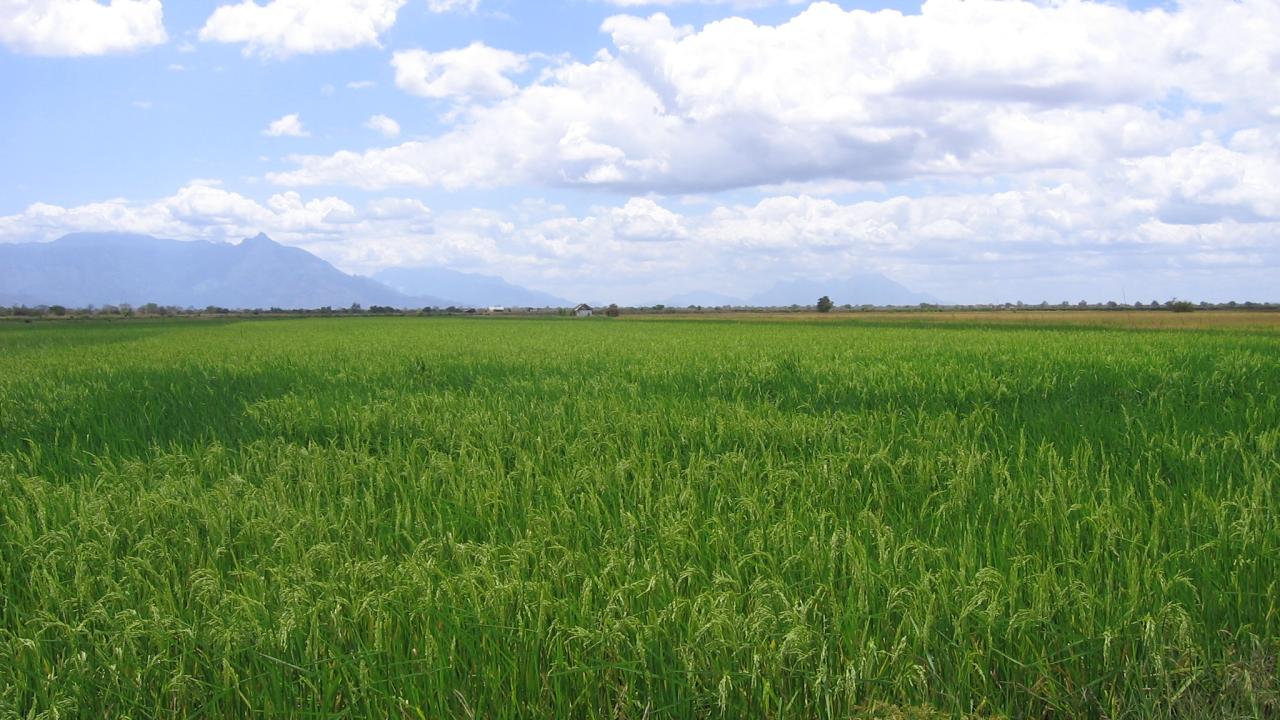
What is index insurance?
Index insurance is a more affordable alternative to conventional insurance that evidence shows can improve the livelihoods and self-sufficiency of poor smallholder farmers in developing countries. These policies cover the policyholder based on an external index such as rainfall or other weather-related measures rather than individual losses. This creates the potential to improve the lives of farmers in developing world by allowing them to manage the risks of droughts, floods, or other natural disasters.
What are some challenges with index insurance?
Index insurance contracts in developing countries are typically facing the same set of challenges: high basis risk (or risk not covered by the insurance), difficulty in acquiring sufficient data to develop an accurate prediction of yields, and the high cost of the data when available. Over the past decade, a number of index insurance contracts have failed to pay out when insured farmers had clearly experienced a catastrophic event and significant losses.
The failure of the index to observe these losses and trigger appropriately is referred to as “basis risk”. The reduction of basis risk is one of the greatest challenges to successful index insurance.
A related issue is the difficulty in developing an affordable and accurate index. To date most index insurance contracts have been linked to rainfall, but rainfall stations are both expensive to construct and maintain at high frequency, and have been shown to be remarkably inaccurate in predicting yields, especially the further the plot in question is from the nearest rainfall station.
How do you assess the quality of an index insurance product?
A simple approach for assessing the quality of an index insurance product is to consider how well it achieves its income stabilization objective for farmers. Indeed, the objective when paying insurance indemnities to small farmers is that their income reaches a certain level despite having production shocks – and satisfies some consumption needs without depleting their assets. An index insurance product fails entirely when it does not compensate large yield losses and leaves a farmer below a minimum agricultural income level, unable to feed her family, repay her debt, etc.
A good measure of quality takes into account several features: average amount of money received for a given premium at different yield levels, the distribution of the events, and the severity of the insurance failures. Several simple indices can be obtained to compare different insurance products, and efforts could be focused on those who meet minimum quality criteria.
